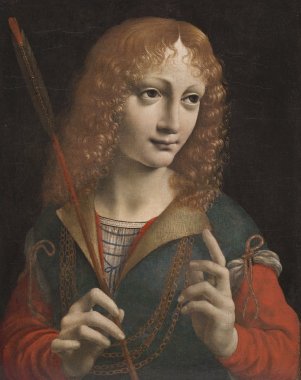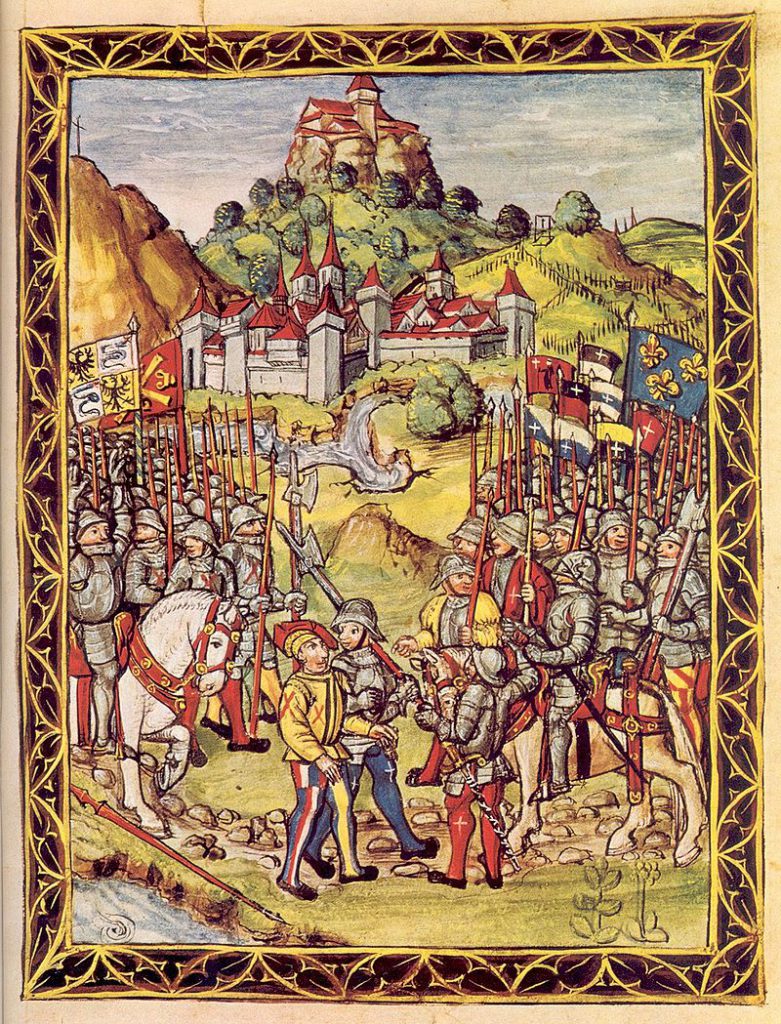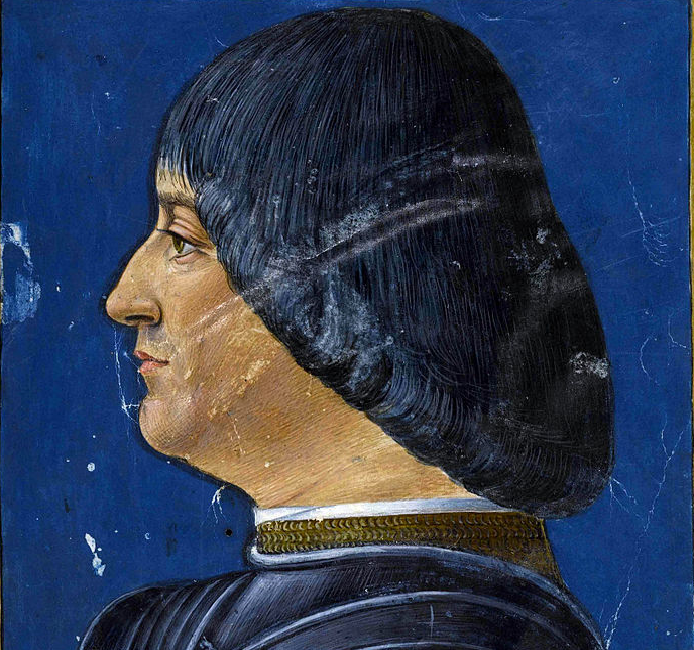Ludovico Maria Sforza, also known as Ludovico Il Moro, or ‘the Moor’, was born on the 27th of July 1452 and died in 1508. He ruled as Duke of Milan from 1494, following the death of his nephew Gian Galeazzo Sforza (the son of Ludovico’s elder brother, Duke Galeazzo Maria Sforza) until 1499 when he was deposed by the French after Louis XII’s invasion of Milan.


Ludovico was the 4th son of Francesco I Sforza and was not initially expected to inherit the ducal throne. His nephew, young Gian Galeazzo, was only 7 at the time of the assassination of his father, Duke Galeazzo Maria. Ludovico wanted to become the boy’s regent because all of his three elder brothers predeceased him. However, Ludovico struggled for regency against Gian’s mother, Dowager Duchess Bona of Savoy (his eldest brother Galeazzo Maria’s widow), emerging triumphant from their political battle eventually. Young Gian ruled only for a short time and died in 1494, perhaps being poisoned, then Ludovico grabbed all power.
Ludovico was a true Italian Renaissance prince who patronized many famous artists and adored the arts. He is famous for having been a patron of Leonardo da Vinci and other artists, who contributed a great deal to the Milanese Renaissance. When he married Beatrice d’Este in 1491, Leonardo orchestrated the wedding festivities. The architect Donato Bramante also worked at Ludovico’s court. Ludovico’s young wife, Beatrice, was an intelligent and art-loving person, encouraging her husband to invite more artists, but she died in 1497 at the age of only 21.

Perhaps Ludovico is best known as the person who commissioned ‘The Last Supper’ by Leonardo da Vinci. Ludovico also financed massive projects in civil and military engineering, such as canals and fortifications. The ducal court and the populace alike rejoiced in his opulent festivities, but to finance his lifestyle, Ludovico had to raise taxes several times, slowly alienating the people from him. When in 1499 King Louis XII of France claimed the Duchy of Milan as a descendant of the House of Visconti, Ludovico was not supported by his subjects who were fed up with his oppressive taxation policies. The Milanese population welcomed the French conquest of Milan, and Ludovico’s fall was widely celebrated in Milan and Italy.
At first, Ludovico sought refuge with Emperor Maximilian. Later, he attempted to retake Milan with German and Swiss mercenaries, but his troops refused to follow him into battle. The hapless Ludovico was captured by the French, who were very eager to imprison him. Having spent several years in French captivity as he was jailed in the castle of Loches in Touraine in France, Ludovico died in 1508. Later, the Swiss restored the Duchy of Milan to Ludovico’s son, Maximilian Sforza; his other son, Francesco II, also ruled the duchy for a short period.
All images are in the public domain.
Text © 2020 Olivia Longueville





